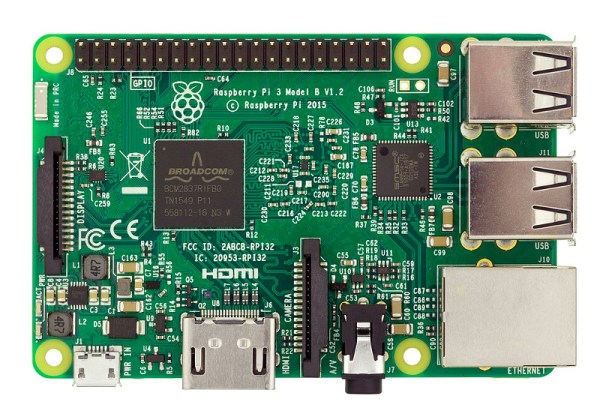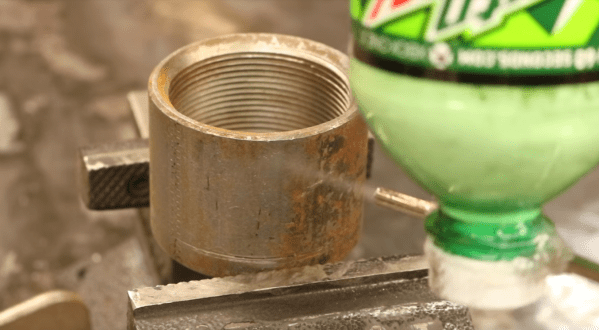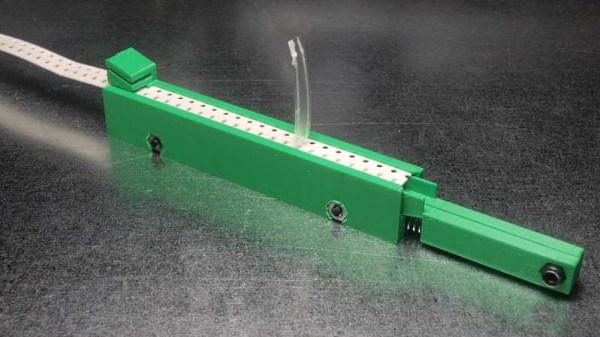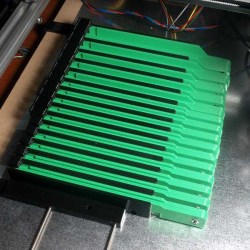In the coming decades, mankind will walk on the moon once again. Right now, plans are being formulated for space stations orbiting around Lagrange points, surveys of lava tubes are being conducted, and slowly but surely plans are being formed to build the hardware that will become a small scientific outpost on our closest celestial neighbor.
This has all happened before, of course. In the early days of the Apollo program, there were plans to launch two Saturn V rockets for every moon landing, one topped with a command module and three astronauts, the other one containing an unmanned ‘LM Truck’. This second vehicle would land on the moon with all the supplies and shelter for a 14-day mission. There would be a pressurized lunar rover weighing thousands of pounds. This wouldn’t exactly be a Lunar colony, instead, it would be more like a small cabin in the Arctic used as a scientific outpost. Astronauts and scientists would land, spend two weeks researching and exploring, and return to Earth with hundreds of pounds of samples.
With this, as with all Apollo landings, came a risk. What would happen if the ascent engine didn’t light? Apart from a beautiful speech written by William Safire, there was nothing concrete for astronauts consigned to the deepest of the deep. Later in the Apollo program, there was a plan for real hardware to bring stranded astronauts home. This was the Lunar Escape System (LESS), basically two chairs mounted to a rocket engine.
While the LESS was never built, several studies were completed in late 1970 by North American Rockwell detailing the hardware that would return two astronauts from the surface of the moon. It involved siphoning fuel from a stricken Lunar Module, flying to orbit with no computer or really any instrumentation at all, and performing a rendezvous with an orbiting Command Module in less than one Lunar orbit.
Continue reading “Space Escape: Flying A Chair To Lunar Orbit” →


















